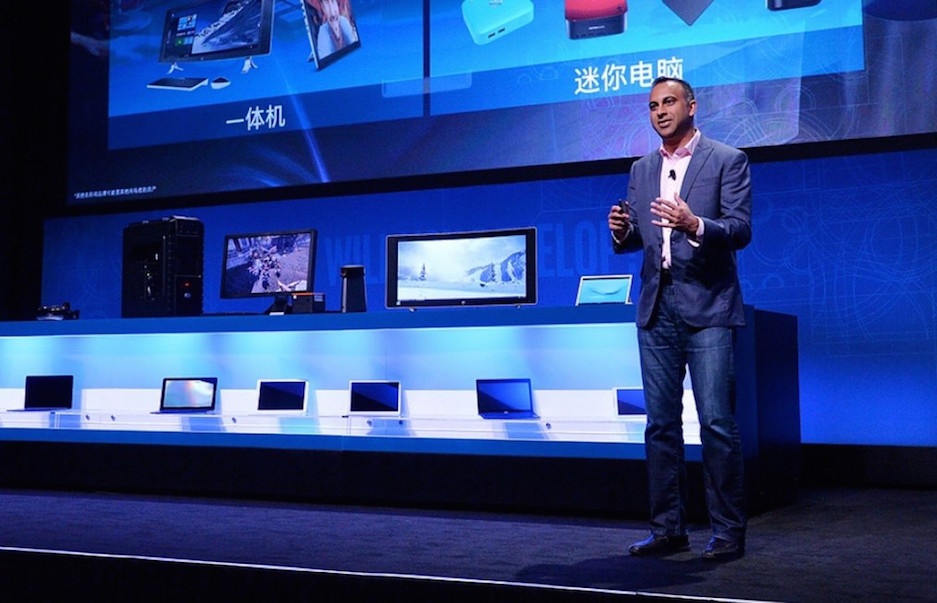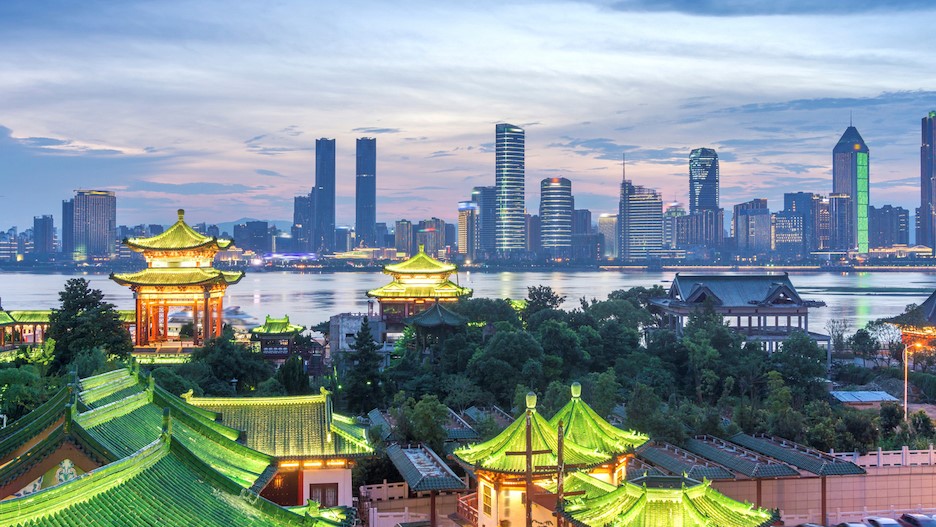Published 16 September 2016
In the 1980s, the southern Chinese coastal city of Shenzhen was not much more than a small fishing village, but the decision by the Chinese government to open Shenzhen to foreign direct investment led to Shenzhen attracting more than 58,000 foreign invested projects, with a utilized value of $65 billion by 2014.
In the 1980s, the southern Chinese coastal city of Shenzhen was not much more than a small fishing village, home to some 30,000 hearty souls eking out a living barely above the subsistence level.
Spend some time in Shenzhen today and you’ll find a cosmopolitan, wealthy, and technologically advanced city of more than 10 million people, on par with any world business hub – and that includes its sophisticated neighbor just to the south, Hong Kong. Futuristic skyscrapers and jam-packed highways have overtaken the drab low-rise buildings, muddy farm fields, and bicycles of the old Shenzhen. With its bustling stock exchange, Shenzhen has become a major financial center and one of the fastest growing cities in the world. Home to some of the most successful Chinese tech companies including Huawei, ZTE, and Tencent, the city boasts one of the largest container ports in the world.
What accounts for Shenzhen’s amazing transformation? It’s no mystery: the decision by the Chinese government to open Shenzhen to foreign direct investment. The pivotal year was 1979. The developmental gap between China and the West had grown so immense that China’s leaders recognized the need to undertake reforms and open China to jump-start the country’s economic development. Attracting foreign direct investment was job number one.
In the 1980s, Shenzhen was a small fishing village with some 30,000 hearty souls living barely above the subsistence level.
The first major initiative was to set up Special Economic Zones (SEZs) in Shenzhen and three other cities. Given its proximity to highly internationalized Hong Kong, Shenzhen was a natural choice. The SEZs would be given unprecedented flexibility to modify labor laws, relax price controls, permit Sino-foreign joint ventures, openly tender infrastructure contracts, and provide tax benefits and other forms of preferential treatment to FDI-providers.
The hope was to draw in foreign companies – at the onset, principally from Hong Kong – to build out the necessary infrastructure for developing a light manufacturing sector and viable export capacity. Hong Kong companies were especially important because of their strong cultural connection to the mainland as well as their experience, contacts and savviness in international commerce.
The SEZ strategy proved effective. By taking a gradual approach to reform and greater openness towards FDI, Chinese officials experimented in a controlled environment. When the formula was considered right, additional reforms and opening could follow, once again making adjustments and calibrations as experience dictated. The long range goal was to introduce “tried and tested” reforms from the SEZs to ever wider swaths of the Chinese economy — once the the impacts of FDI could be better gauged.
Reforms were given a boost in 1992 with Deng Xiaoping’s “Southern Tour,” which solidified the centrality of FDI in China’s development plans. (Deng, then 88 years old, spent nearly a month touring cities in southern China to push his economic reforms with resistant local leaders.) The Chinese Government sought to shift from export processing to high technology, and FDI was often conditioned upon technology transfers to local partners and commitments to undertake more and more research and development locally. The Shenzhen High-Tech Industrial Park was established in 1996 attracting leading international firms such as Intel, IBM, Toshiba, and Samsung.
 Photo credit: Intel presented the International Developers Forum 2016 in Shenzhen (photo courtesy of iQ)
Photo credit: Intel presented the International Developers Forum 2016 in Shenzhen (photo courtesy of iQ)
As Shenzhen grew by leaps and bounds, much of its physical infrastructure and housing was delivered through FDI. The Central Government and local government invested only 1.4% and 13.1% respectively of the funds used for the physical development of Shenzhen from 1980 to 1990. Much of the rest was provided by FDI partners, principally from Hong Kong. If there is any city in the world that can be said to have been built – in both literal and figurative terms – by FDI, it is Shenzhen.
The full picture of China’s development is only now coming into sharper focus. In his book on FDI in China, “Developing China: The Remarkable Impact of Foreign Direct Investment,” Professor Michael Enright quantifies the full impact of FDI on China’s historic economic rise including for cities like Shenzhen. In the first economic impact analysis of its kind, Enright estimates that around one-third of China’s GDP in recent years has been generated by the investments, operations, and supply chains of foreign invested companies.
Shenzhen’s evolution illustrates the point. Enright explains in his book that, as of 2014, Shenzhen had attracted more than 58,000 foreign invested projects, with a utilized value of $65 billion. Historical and ongoing FDI, and foreign invested enterprises accounts for roughly 41 percent of Shenzhen’s GDP, 42 percent of its employment, and 48 percent of its 2013 exports. Foreign invested enterprises account for all or nearly all revenue in areas such as the production and supply of gas (100%), the processing of petroleum (97%), the manufacture of automobiles (81%), and the manufacture of general purpose machinery (78%).
Foreign invested enterprises account for roughly 41% of Shenzhen’s GDP, 42% of its employment, and 48% of its exports.
These figures tell only part of the story because they do not include the service sector or account for the many spillover benefits that FDI typically brings such technological transfers, greater managerial expertise, and increased productivity.
Shenzhen’s experience with FDI is not only striking but also highly instructive. Chinese officials essentially used Shenzhen as a laboratory to run real-world experiments on how to attract and manage the impacts of FDI. The results – and implications – of these experiments are entirely evident for all to see. FDI can be nothing short of transformative for developing economies. Shenzhen’s astonishingly short evolution from sleepy fishing village to global metropolis tells this story convincingly.
Feature image credit: iStock
© The Hinrich Foundation. See our website Terms and conditions for our copyright and reprint policy. All statements of fact and the views, conclusions and recommendations expressed in this publication are the sole responsibility of the author(s).



